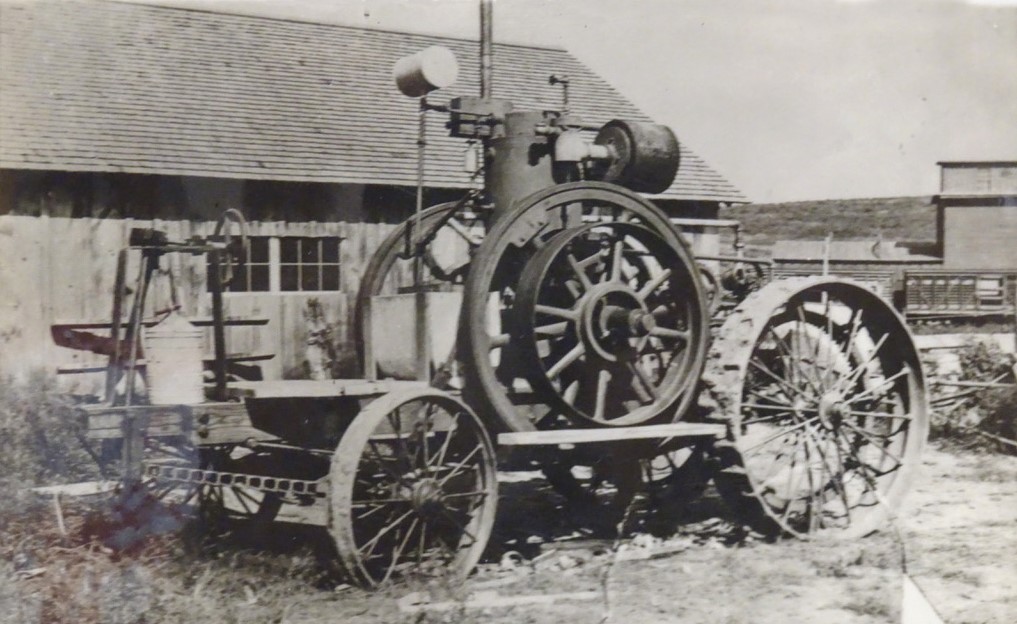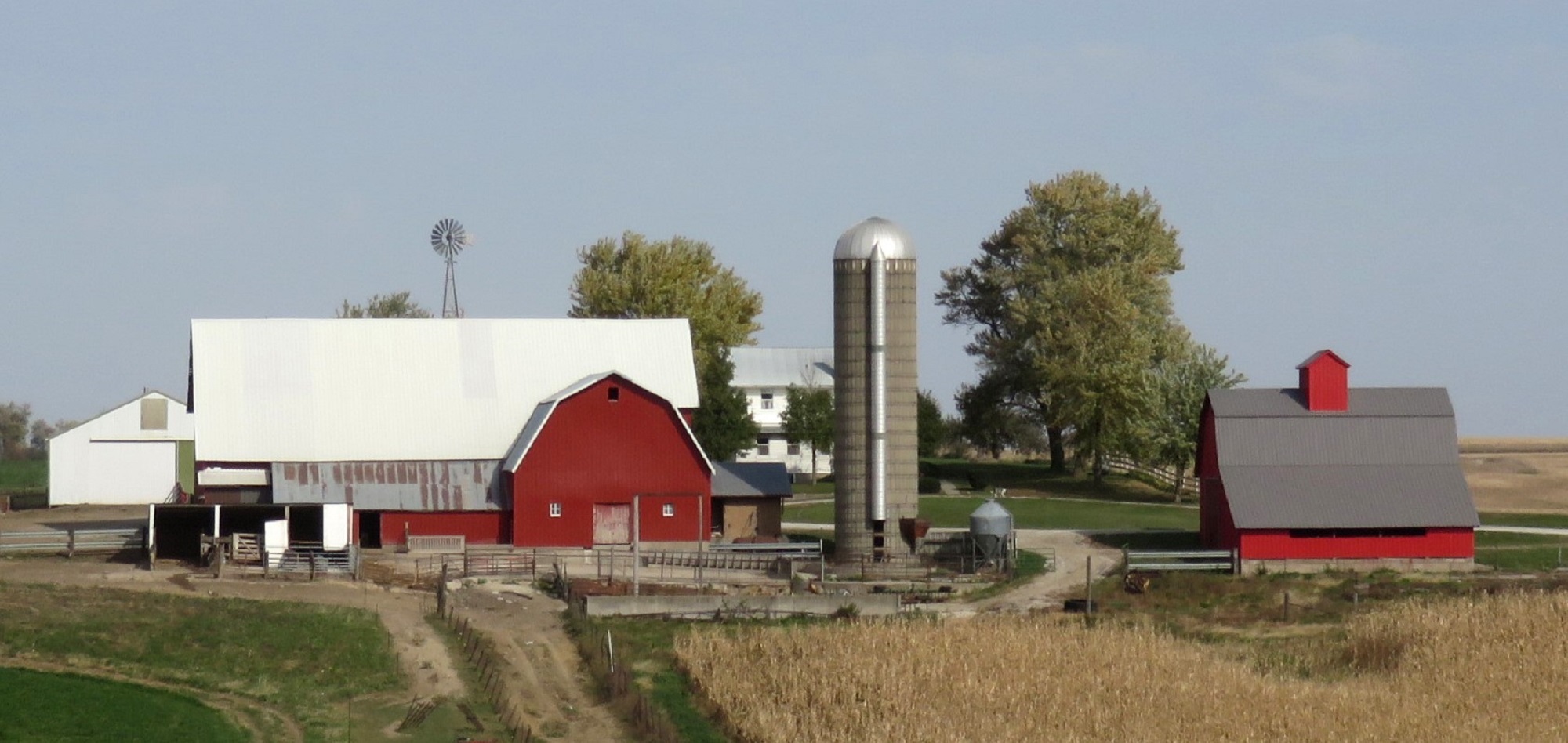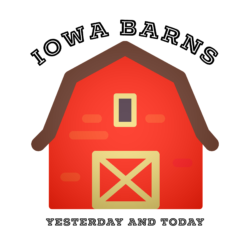
The modern history of threshing grain began with John Froelich, a 43-old farmer in the tiny Clayton County village of Froelich.
John Froelich, looking for ways to make farming more efficient, invented a new one-cylinder gasoline engine. Connected to a threshing machine, it was used to thresh 72,000 bushels of small grain in the fields of South Dakota in 1892. It was also the first gasoline-powered engine that had both forward and reverse gears.
Previously, steam-powered engines were used which weren’t very efficient, were polluting, were heavy to transport long distances, and sometimes resulted in fires that destroyed the crop they were harvesting. What an improvement this new engine was! Pictured above is a photo of the original engine used in the harvest, courtesy of the Froelich museum.
Inventor Froelich took his engine (actually a tractor) to Waterloo to market it to businessmen there. A company was formed with him as president. He later left the company to pursue other interests but tractor experimentation continued. In 1912 the Waterloo Gasoline Engine Company introduced the first “Waterloo Boy,” a kerosene-burning Model “R”. One hundred eighteen were sold that year, and a new Model “N”, which had two forward speeds, was marketed in 1915. In 1918 the Waterloo Company became part of the John Deere Company.
Today, the headquarters of the John Deere Company is in Moline, Illinois, and is one of the largest tractor-producing plants in America.

Above is a Waterloo Boy tractor, a 1918 Model 2030, powered by kerosene, driven each year in the tractor parade at Carstens Farm Days, located at 32409 380th St., Shelby, Iowa. Farm Days will be held on September 9 and 10, 2023.
The Froelich Fall Festival (Fall-der-All), where a model of John Froelich’s one-cylinder engine will be on display, will be held September 23-24, 2023.

